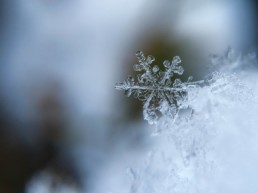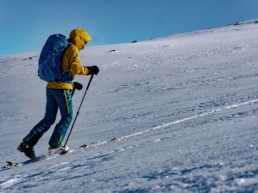Animals return from warm climatic zones or leave their winter hiding places. Natural world is awakening and preparing for recovery, filling stomachs again, nesting and loving.
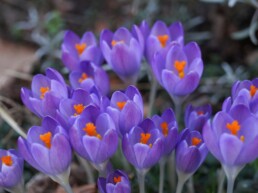
Crocuses
In cities and in the wild – first green fellows show up. Snowdrops, crocuses and pasque-flowers shyly break through the ground. Colorful crocus carpets against the backdrop of the often still snowy and icy landscape – that’s springtime in the Tatras! Check Tatras – spring 2022
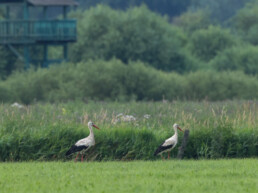
White stork
Most of the birds arrive at the end of March and the beginning of April. This includes the stork, which is the traditional symbol of spring and wild nature in Poland. When there is time to nest they return from South and Central Africa, Italy, Greece or Spain. If you want to spot them, check areas rich in swamps as well as in pastures or meadows. On the other hand, rarer black storks are usually found in secluded places. They avoid the vicinity of humans and can be found more often in old forests.
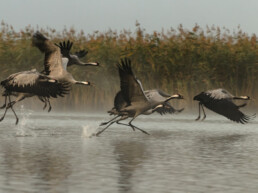
Dance of the cranes
Cranes also spend the winter on the Iberian Peninsula or in North Africa. The famous mating dance they perform when they come to Poland is a true spectacle. Birds swing their wings, run around each other, jump up, bow gracefully, stop with an outstretched neck … all accompanied by unusual sound effects – a loud clangor, a trumpet-like sound.
Flocks of various species of geese also arrive from mid-March to May. Mostly in northern and western Poland, you can see them returning to water reservoirs, grazing on vast fields and pastures. Geese usually migrate further north of Europe, also to Greenland, Siberia and Alaska. They winter in southern Europe, Asia and Central America. They fly in huge flocks of up to several thousand individuals at a time.
Biebrza is the largest swamp and peat bog area in Poland, favoring the colonization of many bird species, including cranes.

Bison
Bison shed their thick winter fur. As soon as the leaves turn green, the bison forage in the meadows, where the vegetation appears earlier than in the forest. At the end of April, they will return to the shelter of trees.
Also badgers and raccoon dogs leave their burrows. During the mating season, even Lynxes suspend their normal solitary behavior. Hedgehogs, as soon as the temperature exceeds 15 degrees, wake up hungry, so they can travel many kilometres to find something to eat. Check Bison in Bialowieza – spring 2022
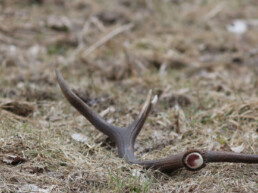
Bald deers
In March, you can also meet bald deer or elk bulls. They are just shedding their antlers. A bull without antlers feels uncomfortable and disappears into the darkest corners of the forest. Check Biebrza river – spring 2022


